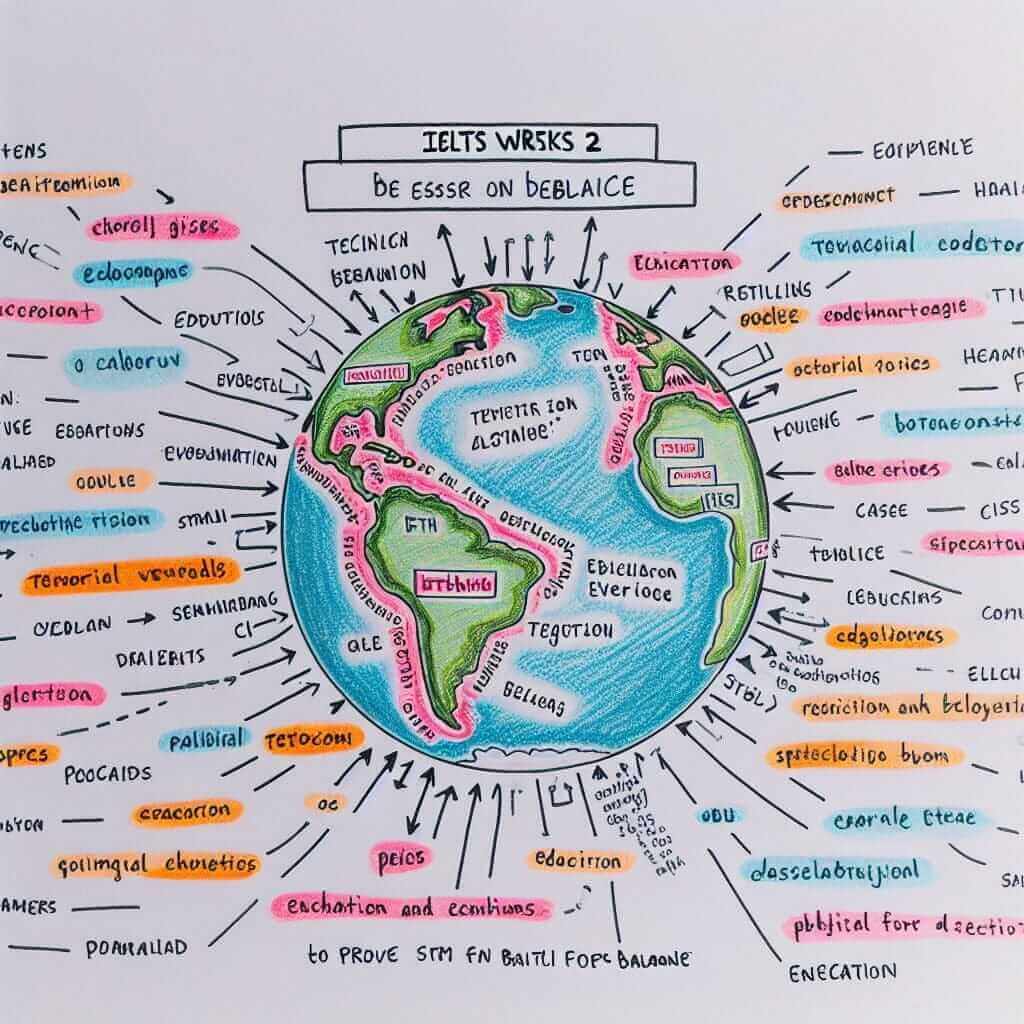The IELTS Writing test can be daunting, even for those with strong English skills. As an IELTS instructor with over 20 years of experience, I’ve seen firsthand the challenges test-takers face. This guide provides a structured approach and practical tips to help you excel in both the Academic and General Training Writing sections.
Understanding the IELTS Writing Tasks
Before diving into preparation strategies, it’s crucial to understand what the examiners are looking for. The IELTS Writing test assesses your ability to:
- Express ideas clearly and cohesively.
- Use a wide range of vocabulary accurately.
- Demonstrate grammatical range and accuracy.
- Structure your writing logically.
Academic Writing Task 1 vs. General Training Task 1
Academic Task 1 requires you to describe, summarize, or explain visual information presented in a graph, chart, table, or diagram. You must write at least 150 words in 20 minutes.
General Training Task 1 involves writing a letter of at least 150 words in 20 minutes. This could be a personal, semi-formal, or formal letter, depending on the situation provided.
Writing Task 2 (Both Academic and General Training)
Task 2 requires you to write an essay of at least 250 words in 40 minutes, responding to a given point of view, argument, or problem.
Effective Preparation Strategies
1. Master the Basics
Grammar and Vocabulary: A strong foundation is essential. Review English grammar rules, particularly tenses, articles, and sentence structures. Expand your vocabulary by learning synonyms, collocations, and topic-specific words.
Coherence and Cohesion: Practice using linking words and phrases (e.g., however, furthermore, in conclusion) to connect your ideas smoothly. Use a variety of sentence structures to enhance flow and readability.
2. Familiarize Yourself with the Question Types
Task 1: Analyze past IELTS Writing questions to understand the different types of graphs, charts, and diagrams. Practice summarizing and highlighting key trends. For General Training, practice writing different letter types, paying attention to the tone and formality.
Task 2: Identify common essay prompts (e.g., opinion, discussion, problem-solution) and learn how to structure your responses effectively. Practice brainstorming ideas and developing arguments.
3. Time Management is Key
Allocate your time wisely during the exam. Practice writing within the time limits to build your speed and stamina.
4. Learn from Feedback
Have your writing assessed by an experienced IELTS teacher or tutor. Feedback on your strengths and weaknesses is invaluable for improvement.
Example: Analyzing an IELTS Writing Task 2 Prompt
Prompt: Some people believe that it is more important to protect the environment than it is to address global poverty. To what extent do you agree or disagree?

Analysis:
- Essay type: Opinion
- Keywords: environment, global poverty, protect, address
- Possible arguments:
- Agree: Environmental degradation exacerbates poverty; long-term solutions require a healthy planet.
- Disagree: Addressing immediate human suffering should be prioritized; poverty reduction can lead to better environmental practices.
Tips for Success
- Plan your writing: Spend a few minutes outlining your ideas before you start writing.
- Use paragraphs effectively: Each paragraph should focus on a single main idea.
- Provide supporting evidence: Use examples, statistics, or personal anecdotes to strengthen your arguments.
- Proofread carefully: Allow time to review your writing for grammar, spelling, and punctuation errors.
Conclusion
Preparation is the key to achieving your desired IELTS Writing score. By understanding the test format, honing your language skills, and practicing regularly, you can approach the exam with confidence. Remember, consistent effort and focused practice will lead you to success!